
Bob Clampett directed some of the wackiest and funniest cartoons ever made at Warner Bros. He also created the series Time for Beany, which would later evolve into the cartoon series Beany and Cecil. I spoke to Ruth Clampett about her father and what it was like growing up with one of the greatest directors in animation history. By day, Ruth currently runs Clampett Studios, which publishes fine art and limited editions for Warner Bros featuring Hanna-Barbera, Looney Tunes, DC, and Harry Potter characters. By night, Ruth is a romantic novelist and has written many books including, Animate Me and Mr. 365.
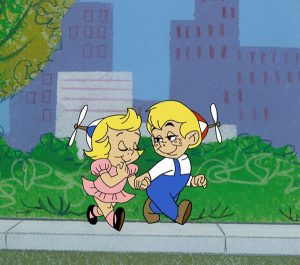 Kamden Spies: How old were you when you first learned that your dad was one of (if not the) single greatest cartoon director in animation history?
Kamden Spies: How old were you when you first learned that your dad was one of (if not the) single greatest cartoon director in animation history?
Ruth Clampett: I think I learned in stages what a unique and extraordinary father I had. I remember things like when we as a family rode in the Santa Claus Lane Parade in Hollywood. Everyone was cheering on either side of the street, and I thought, wow, this isn’t really what my other friends are doing. Every birthday I went to, Dad would decorate a special Beany and Cecil card. In the schoolyard, kids would sing to my brother, sister, and I “A Bob Clampett Cartoon”. I knew our experiences were unique and that we had this really cool dad. But honestly it was in my 20s when he tragically passed away and the Academy did a big tribute to him that I began to fully grasp his place in animation history. Soon after Mom established Bob Clampett Animation Art, and I got involved in running that business for her. So it’s been a build-up over my lifetime and now that I’m researching and writing a book about my dad, I know how incredibly unique he was and how lucky I was to have him as a father.
KS: You were the model for Baby Ruthy on Beany and Cecil.
RC: Yes, I love that; in fact, I have an animation cel in my office of Beany and Baby Ruthy walking down the street. I was a baby during the production period for Beany and Cecil, and there are pictures of my brother Rob and I at the studio. There is one picture of dad at the studio where they presented him with a big birthday cake. I think it was in the ink and paint part of the studio. All of the production team was there and my brother and I are sitting at the table next to the cake.
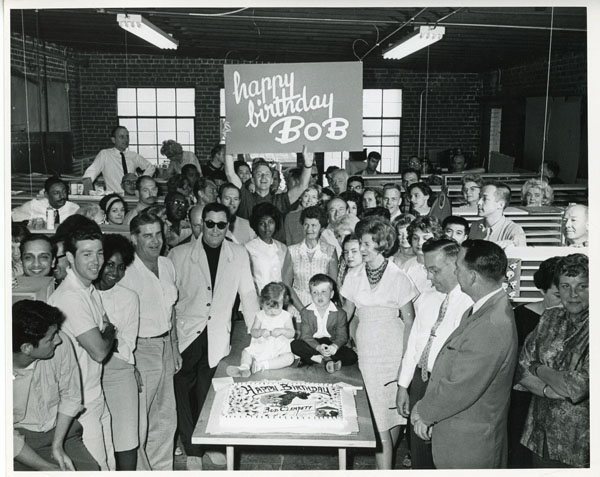
As for Baby Ruthy, I was too young to do the voices in the cartoon, but he had me giggle, which is in the cartoon. My mom and brother, Rob also did voices in the series. Mom was the co-producer on the television series, and she was very involved in helping write a lot of the songs used in the cartoons. It really was a family affair, and my mom worked with my dad side by side for their entire marriage. Dad also had fun ideas like the time he had the animators in “Dirty Pool” come to our house and sketch it and put it into the cartoon. That cartoon, Dirty Pool, was based on our real-life experience of the swimming pool being built in our backyard. When the construction of the pool was finished, he had an artist paint all the characters in Beany and Cecil around the edges of the pool. Then when they were pouring the cement around the pool, he had Mom, my brother Rob, myself, and himself put our names, hand and footprints into the cement like at Grauman’s Chinese Theatre.
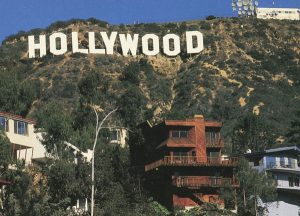 KS: Did your dad live in that house his whole life?
KS: Did your dad live in that house his whole life?
RC: My dad actually owned it with his mother before he met my mom. And then when he married Mom they settled in and had us kids. We grew up in that neighborhood and it was great because it was full of kids. Then in 1981, when we were all grown, they bought a house right under the Hollywood Sign. My mom had always wanted to move up into the hills. They had a very special marriage and he wanted her to be happy so that’s where they lived until he passed.
KS: I’m curious to know what happened to the pool art.
RC: The amazing thing is that the characters were painted on the cement. It amazes me how many years they lasted because they used animation cel paint, which sticks to anything because it’s like liquid plastic. It lasted for years. As for our Grauman’s theater hand and footprints, when they sold the house they were thinking of pulling the cement squares out and taking it with us. After several decades though, it was just too worn down. It was fabulous when we were young to have such a fun backyard.
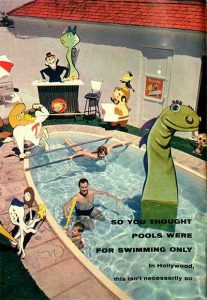 KS: While I’m a huge Beany and Cecil fan, new generations don’t know who they are. However, his Warner Bros Cartoons live on. Do you think your dad realized that those cartoons would be his legacy?
KS: While I’m a huge Beany and Cecil fan, new generations don’t know who they are. However, his Warner Bros Cartoons live on. Do you think your dad realized that those cartoons would be his legacy?
RC: It started in the late 70’s when Bugs Bunny Superstar came out. Dad shared a lot of his archives and knowledge in the making of that film, and it was one of the events that started the renewed interest in the classic Looney Tunes cartoon. And things just built from there. The year after Dad died there was a Looney Tunes exhibit and cartoon series at the Museum of Modern Art in New York City. A few years later Warner Bros. started a catalogue business selling Looney Tunes and DC Comics merchandise, which led to the opening of the Warner Bros. Studio Stores. Meanwhile compilation videos hit the market making the classic cartoon accessible for fans who could now watch the cartoons whenever they wanted.
All of this resulted in a real resurgence of excitement about Looney Tunes’ characters and cartoons. I was in the middle of it with the animation art business when it really exploded and I was sad knowing Dad missed it. He would have loved to see how their cartoons were still relevant and appreciated. Then when Warner Bros decided to open their stores, they had really liked what I had done with Bob Clampett Animation Art, so they offered me the job to be the art director for the gallery. I was there when the stores were being built and was brought into many exciting projects. I was involved in doing several large murals for the flagship store in New York City. It was a great experience for me because I got to work with the other directors like Friz Freleng, as well as other properties like Harry Potter, DC, and Hanna-Barbera for Warner Bros.
Although Dad missed these great Looney Tunes times, he did in his final years have his own moment in the spotlight. My mom in the mid-70’s had the idea for him to do a college lecture tour on his history in the world of animation, and she helped Dad develop it. She had the idea because he loved talking to animation fans and had an incredible memory of his long career. At those lectures he would speak to auditoriums full of fans, show slides of art and photos from the period, and also screen many of his best cartoons. Around the same time he was being invited to comic conventions, and in both series of experiences he got to meet countless cartoon fans, and up-and-coming animators, while often being reunited with co-workers from his past. They even did some museum shows in Europe He loved every minute of those experiences and he and Mom made friends all over the world.
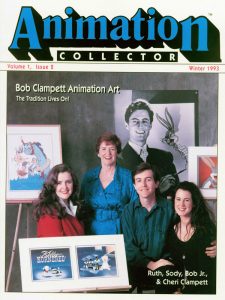 KS: How did Bob Clampett Animation Art get started?
KS: How did Bob Clampett Animation Art get started?
RC: My mom had been looking into it while my dad was still alive. At that point though they just put out Beany and Cecil on VHS and were focused on promotion at the time. So we were devastated when we got the call that Dad passed away while they were on their promo tour.
Mom was always by Dad’s side, and she believed in his gift as an artist and storyteller so much. She was one of the strongest and most admirable women I’ve ever known, so when we went to pick her up at the airport on her return home from the tour she was already thinking about how to keep Dad’s work alive. One of her ideas was to start an animation art business based on dad’s cartoons.
In the early days it was just a very small business and we gave scholarships to animation students. When it started I had a photography studio in their building in Hollywood, so I was there to help her with the editions because I had a design background. She took dad’s original drawings and had their friend Libby Simon teach us the intricacies of cel painting. I got more and more involved because Mom was already very busy managing their business, so I ended up running the art business for her. Bob Clampett Animation Art was set up in the same studio where they made Beany and Cecil. I knew achieving success in the animation market would be tricky because at that time most limited edition cels on the market were signed by the directors. For instance Chuck and Friz signed their cels, and we were offering unsigned cels. So what I did was a little different than the other WB limited editions that were more stylized drawings. I made my Dad’s art exactly the way it looked in the original cartoons. They were very authentic to the frame, and to my surprise and delight, they sold very well.
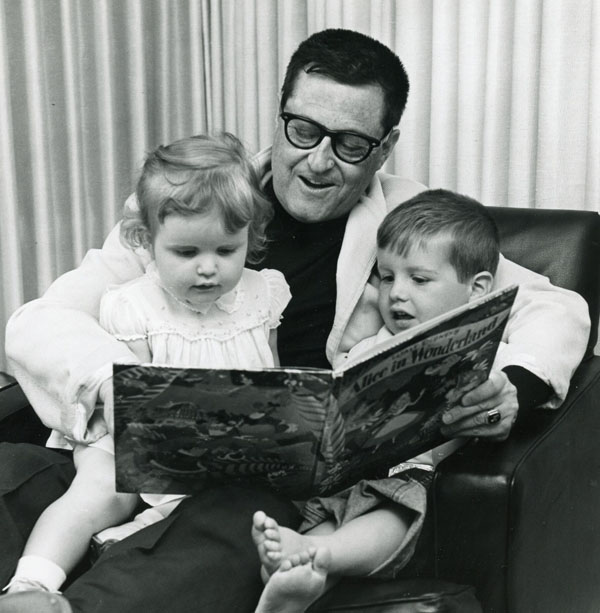
Bob reading Disney’s Alice In Wonderland to Ruth and Bob, Jr.
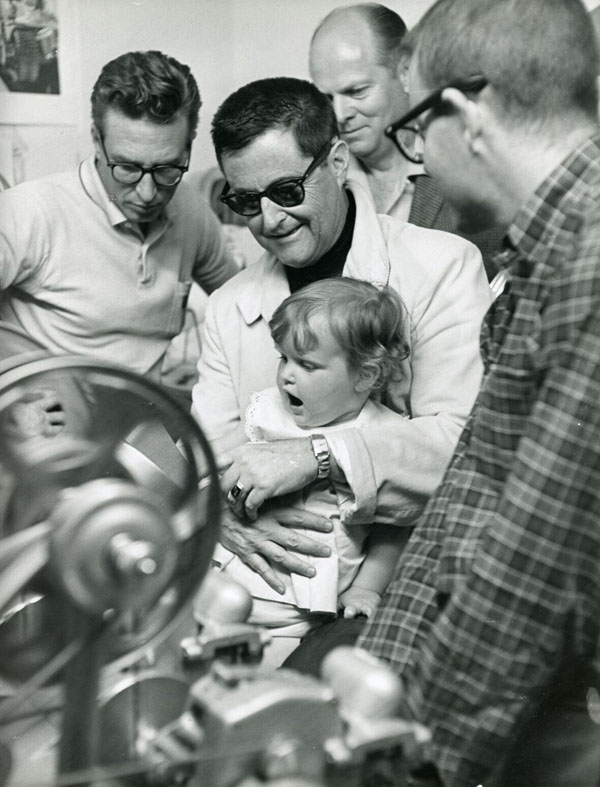
Ruthie and Bob at the studio
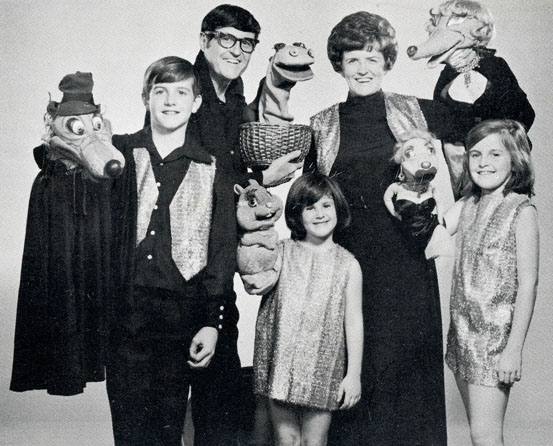
The Clampett Family Puppet Show!
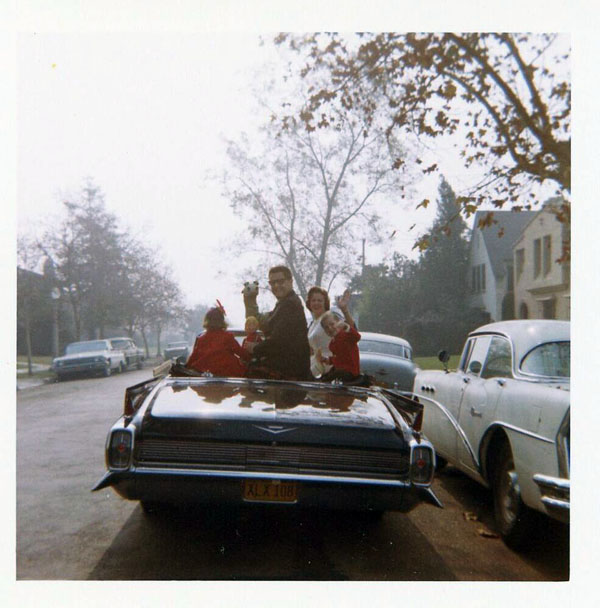
Driving off to be in the Santa Claus Lane Parade.
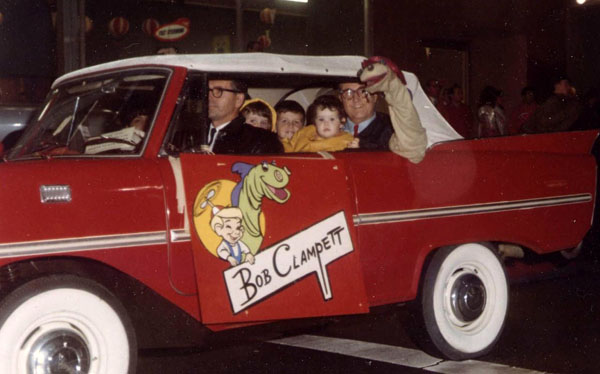
Being in the Santa Claus Land Parade on Hollywood Blvd.
Part 2 of this interview is posted HERE.


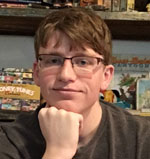 Kamden Spies is an animation fan, collector, and aficionado. He received his undergraduate degree in an IDM in film history and creative writing from the University of Alabama at Birmingham and is currently getting his Master’s in Library and Information Sciences at Indiana University Bloomington.
Kamden Spies is an animation fan, collector, and aficionado. He received his undergraduate degree in an IDM in film history and creative writing from the University of Alabama at Birmingham and is currently getting his Master’s in Library and Information Sciences at Indiana University Bloomington.

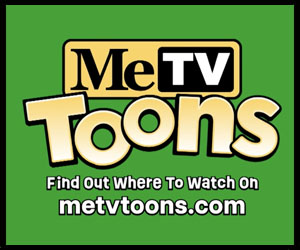
















































Thanks for sharing this great interview. While most people remember Bob Clampett’s talent, my first thought when I hear his name is how kind and generous he was to me a nobody over the years. Then, I remember how whenever I interviewed him, he would always try to double check the information he told me, even phoning others to try to confirm its accuracy. One time when I was talking with him, I remember him telling me how proud he was of Ruth and you could just hear the genuine love in his voice for her. He left us too soon and with so many more stories left to share. I look forward to Ruth’s book.
I don’t mind being the first one to say it…
Bob’s Warner cartoons were The. Best. Ever.
This is part 1 of the interview. In part 2, I talk with Ruth about her mom (Sody Clampett), her dad’s fascination with Disneyland, Beany and Cecil merchandise, and a lot of other great stuff!
This was a terrific piece you did and thanks to Ruth for sharing so much of growing up Clampett.
Really looking forward to Part 2
Excellent
I’d really like to know some of Bob’s favorite Looney Tunes cartoons he did and anything he was influenced by (ie, films, actors, musicians, cartoons outside of WB). Did he know Ward Kimball personally, since his work at Disney was similar to his work?
Great interview, I look forward to reading part two. Ruth’s book sounds exciting too!
Oh my dear God! Pure Gold! Thank YOO!!!!
Thanks Ruth for this reminiscence. In the photo of you and Bob at the moviola, is that Art Scott (receding hairline) right behind Bob?
I was always hopeful that we’d get the Beany and Cecil cartoons complete on DVD (or blu-ray). I’ve about given up hope, though, that it’s ever gonna happen. I mean, how many people even remember Beany and Cecil? Would there be enough of an audience for the cartoons to justify a project like that?
i suppose Steve could do them via Thunderbean, but I’m not sure I’d live long enough to see the set completed and released.
As I may have mentioned once or twice before, the animavens–they know who they are and I’m sure they love being called that–tend to cite the postwar Warner Bros. cartoons as best of breed, however formulaic they became. But quite a lot was lost when Tashlin and Avery and most of all (because at least Avery went on to make those great MGM cartoons) Clampett left the studio. The characters lost their zany charm and became rather nasty when you think about it.
Great article and interview. I TOO Loved Bob Clampett. I met him for the first time at one of his appearances in San Francisco,, and shared my desire to be an animator. He invited me to his studio in Hollywood and we became good friends over the years. He was the most generous man I ever knew. I have been friends with the Clampetts for 40 years. Bob would be so proud of Ruth and the wonderful work she does, and has done for several years to honor his legacy! I know there’s more to come!!
Having been born in 1959, Beany & Cecil were some of the earliest cartoons I saw. They were also the best. The merchandise that Mattel manufactured in the 1960s amazed me and remain as prized possessions today. I also have all of the VHS cartoon volumes and the two DVDs. I love reading stories and looking at photos of the people involved with both shows – it’s a rare gift and truly appreciated.
Bob was my father’s cousin. I remember swimming in that pool and visiting the house and studio to see cartoons with Ruth, Bobby (Rob) and Cheri. It was always such a treat and fun time to go to Hollywood and spend time with such a creative family from our home in Manhattan Beach. We always watched the Hollywood Christmas parade and cheered when we spotted them. I gave shared his cartoons, animation art and cells with my kids and grandkids because it was a special part of my life. I am so proud of what Ruth has done to carry on the family work.
Thanks Ruth Clampett, I enjoyed reading your interview. Talk to you soon.